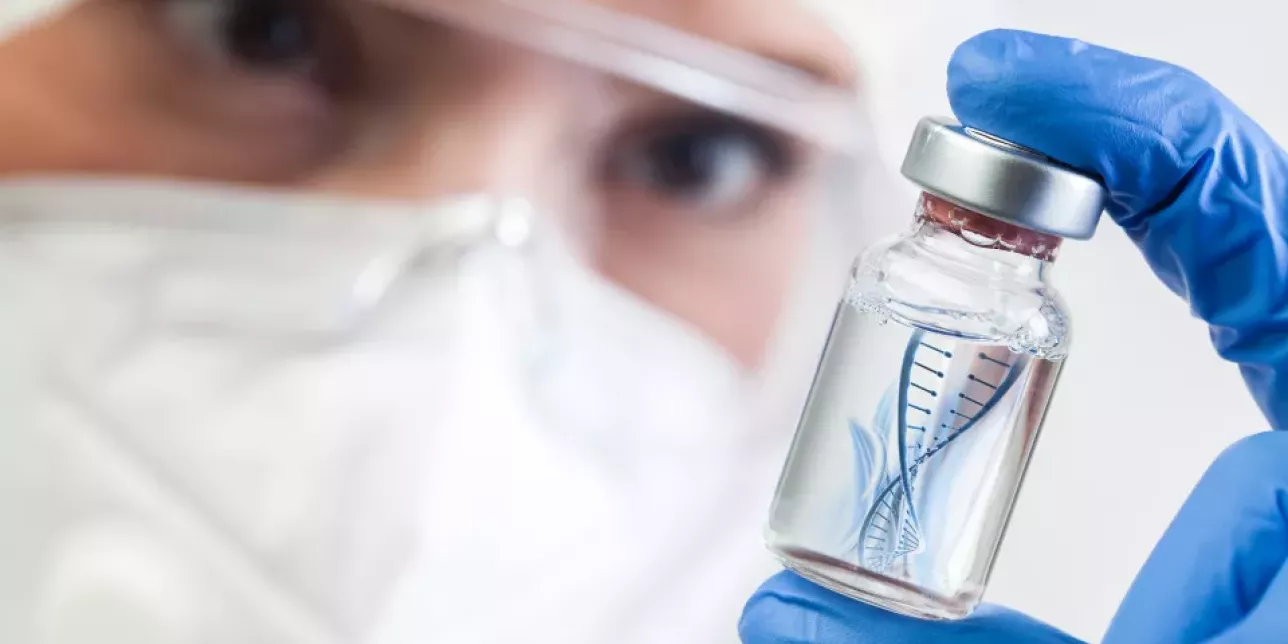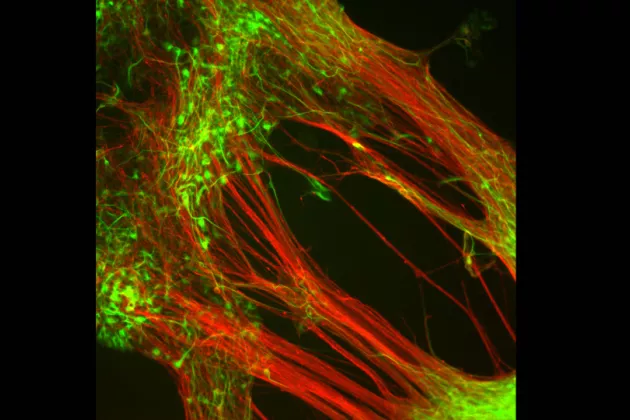"We want to contribute to the vision of Sweden becoming a world leader in the development and availability of advanced therapies," says Erik Renström, Chancellor of Lund University.
Advanced Therapy Medicinal Products (ATMP) are medicines that are based on cells, tissues or genes. With ATMPs, injuries and conditions can be treated in entirely new ways, providing better opportunities to alleviate and, increasingly, cure a wide range of severe diseases.
"It is an exciting and important time when it comes to new treatments for diseases where today's drugs and treatments are insufficient or missing altogether," says Kristina Åkesson, professor and dean at the Faculty of Medicine.
A crucial factor in the success of ATMP is being at the forefront of stem cell and gene therapy research.
"As a leading university, we have the capabilities when it comes to basic experimental and translational research in cell, tissue and gene therapy. There are a large number of research groups at the Faculty of Medicine that conduct innovative research with great potential to develop new ATMPs," says Kristina Åkesson.
ATMP-relevant research is also conducted at Lund University's School of Technology (LTH) in a number of areas, including pharmaceuticals, immune and nanotechnologies, and medical technology. For many years, the university has also been conducting successful ATMP-related clinical research together with the university hospital in Region Skåne. Examples of results are the ATMP treatments at Skåne University Hospital that are given to patients with blood cancer and certain neurological diseases.
"In order to be able to use these advanced therapies optimally, a corresponding ATMP center is needed within the healthcare system. Skåne University Hospital has already established one, which means that we are jointly at the forefront of development. This will be important for the patient groups that need these therapies," says Kristina Åkesson.
Many ATMPs have sprung from academic research. To facilitate the transition from discovery in the research laboratory to new treatment therapies for patients, the manufacturing process needs to be translated from research routines to clean room routines so that the medical product corresponds to so-called Good Manufacturing Practice (GMP). This translation is carried out at a so-called pre-GMP facility, and the construction of one is currently underway at Lund University.
"The complexity of ATMP is greater than that of traditional drugs (small molecules) but also in comparison to protein and antibody drugs. Therefore, close collaboration is required between academic research, hospitals for manufacturing ATMPs and with patients for clinical trials, and industry to be able to scale up production to reach many patients. ATMPs have the potential to cure diseases we today consider incurable, it is an exciting development in the research field that we get to be a part of," says Anna Falk, Professor at Lund Stem Cell Center, Lund University.




